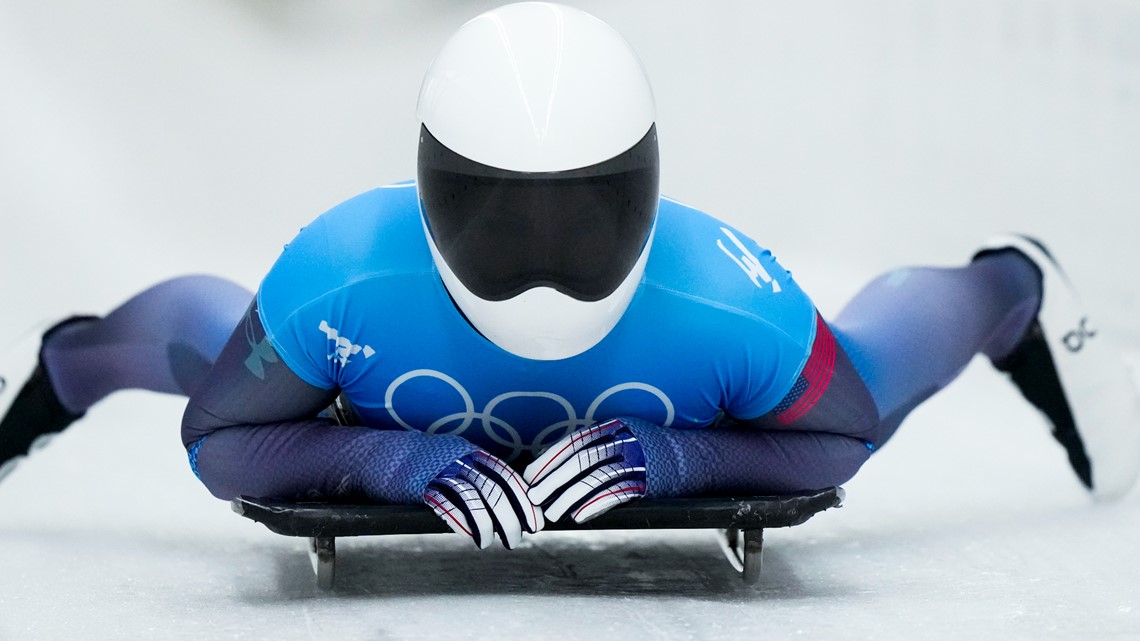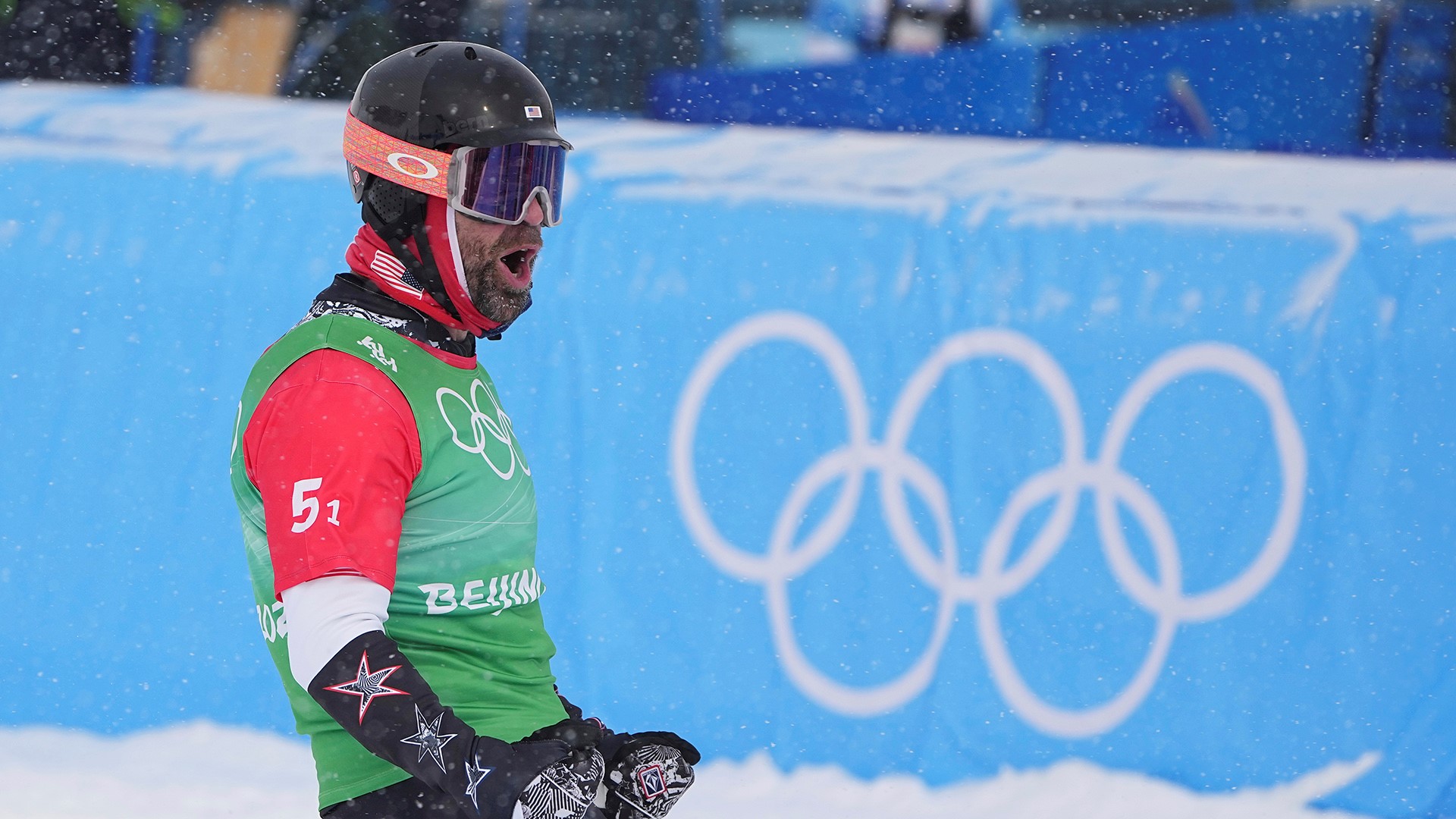WASHINGTON — Airman 1st Class Kelly Curtis has made history as the first Black athlete to represent Team USA at the Olympics in the sport of skeleton.
“I’m the first,” Curtis said in an interview for TeamUSA.org, “but I’m definitely not going to be the last.”
After completing the first two heats in day 1 of women's skeleton, Curtis sits in 18th place and is set for the final two heats on Saturday.
The 33-year-old competed in heptathlon in college and was first introduced to the sport of bobsled when her strength and conditioning coach at Springfield College suggested she try the combine.
After that initial introduction, Curtis was invited to a bobsled driving school program in Lake Placid at the age of 24. While there, she saw a skeleton athlete flying down the track for the first time.
She explained to TeamUSA.org that she "saw how much more fun they were having on a skeleton sled" and decided to give it a try.
During skeleton, slider runs as fast as they can, bending over and pushing their sled to start. Then they jump on and can hit speeds of more than 80 mph. To steer, sliders can use their knees or shoulder to put pressure on corners of the sled, use bodyweight shifts or tap their toes on the ice.
While working to compete at the highest level in skeleton over the past few years, Curtis also finished her master's degree at Saint Louis University and got married. In 2020, she heard from skeleton teammate Katie Uhlaender that the U.S. Air Force was accepting civilians into its World Class Athlete Program and she joined.
While Curtis is the only U.S. Olympian at the Winter Olympics that's part of the Air Force's program, there are five Team USA members from the Army program competing this year, including luger Emily Sweeney. Each goes through basic training, just like everyone else in the Army or Air Force, and is required to stay up to date on responsibilities. The athletes receive the same pay and benefits, including a housing allowance, as other soldiers on active duty.


According to the Air Force Times, Curtis moved to Italy last fall, where she will be working with the 31st Communications Squadron at Aviano Air Base, once the Olympics wrap up.
She told TeamUSA.org she's still trying to figure out how to best inspire other Black athletes, but she would like to help build a better system to support skeleton athletes financially.

